Vietnam has become quite a success story amid the pandemic, as domestic economic growth has been reported. Vietnam was able to rebound its manufacturing sector, expand retail sales, increase domestic demand and improve business confidence. Given its investor-friendly policies, relative economic and political stability, cost efficiency, and consumer demand prospects, Vietnam remains a strong candidate for business opportunities and investment.
The economic outlook for 2021 is positive as the influence of the pandemic will diminish. Below are six key sectors of the Vietnamese economy and an outlook on the expectations for 2021. Source: Sector Outlook and Investment Strategy – Rong Viet Securities
- Retail Industry – Back to growth
Having rapidly recovered since the social distancing ended, total retail sales remained high at $172 BN USD in 2020, equivalent to a y-o-y growth of 6.8% despite the second outbreak of Covid-19 in August 2020. Household consumption demand is a fundamental aggregate enabling the solid recovery of the retail industry. Going forward, the steady growth of the post-Covid-19 economy, coupled with an increase in household consumption supported by a rapidly growing middle class, will remain the growth engine for consumer spending and thereby the retail industry.
- Shrimp Industry – Growth prospects are still bright
As the world’s 2nd largest exporter, shrimp exports have increased by 11% y-o-y in 2020. Although consumption of the foodservice channel dramatically declined due to social distancing orders, consumption through the retail channel has risen largely thanks to the home cooking trend.
In 2021, the industry’s growth prospect is positive as shrimp production output is expected to recover better than major competitors in other countries and export is boosted following tariff incentives in key markets including the US and the EU. Competition with Ecuador will rise as this country will reduce dependency on China by shifting to the US and the EU markets.
- Agriculture – Long term weakness slows down growth
The export value of agricultural products in 2020 slightly decreased due to limited exports to China. Rice is one of the few commodities that grew thanks to the increase in food reserves by other countries against the Covid-19 epidemic. The Europe Vietnam Free Trade Agreement (EVFTA) and other trade agreements create opportunities for Vietnamese agricultural products to scale exports. However, limitations in Vietnam’s agriculture output remain such as small-scale production, low added value, pesticide mismanagement, and the lack of investment in the processing segment. The agriculture sector is expected to grow slowly this year.
- Textile & Garment – Cautious recovery
Covid-19 has added more downward pressure on the world’s already weak demand for textiles and apparel due to global economic slowdown and trade tension in 2019. Nevertheless, the impact on Vietnam’s textile and garment exports was less severe than the exports of other countries due to Vietnam’s strict pandemic control. The industry experienced a sharp decline of 8% of its export value compared to 2019, resulting in a total export of $35 BN USD in 2020. Vietnam has also become the largest exporter to the US market.
The pandemic has stimulated the intention to diversify procurement among market participants. In addition, the EVFTA and the Regional Comprehensive Economic Partnership (RCEP) allows exports to accelerate in 2021.
- Automobile and Parts – Steady growth
Covid-19 has negatively impacted the auto industry causing sales to plummet in 2020. Due to the Government’s stimulus policies, the demand for private cars has quickly recovered. Sales volume is expected to grow steadily in 2021 thank to Decree 57 which help to reduce production cost to compete with imported cars. This decree sets out Vietnam’s preferential export & import tariffs for the implementation of the Comprehensive and Progressive Agreement for Trans-Pacific Partnership (CPTPP). Certain eligible automobile manufacturers are entitled to 0% import tax on raw materials, components, and supplies that cannot be produced domestically.
The automobile industry still has tremendous growth potential as the country’s car ownership rate remains low at only 23 over 1,000 people. As the industry mainly serves the domestic market the low car ownership underlines a significant growth opportunity in times ahead.
- Residential Real Estate – Legal issues will be less strict
The residential real estate market in 2020 continued the situation of 2019 given the prolonged supply shortage. New condo supply in Ho Chi Minh City and Hanoi dropped significantly at -56% and -67% y-o-y respectively due to lengthening licensing procedures. On the other hand, satellite cities and neighboring provinces have attracted investors and developers due to land availability and infrastructure development.
Low mortgage rates, potential demand from foreigners relocating to Vietnam are supporting the driving forces for the Vietnamese residential real estate market.
Based both in Hanoi and Ho Chi Minh City with a unique track record of more than 600 projects serving multinational companies and local Vietnamese companies, the Openasia core advisory team comprises senior researchers and advisors with in-depth multi-discipline expertise and experience, international exposure, and strong local relationship. Larive International and Openasia would be pleased to support you in market entry and business activities in Vietnam. With our international network in both Asia and Europe, we can tap into all the opportunities that Vietnam has to offer.



